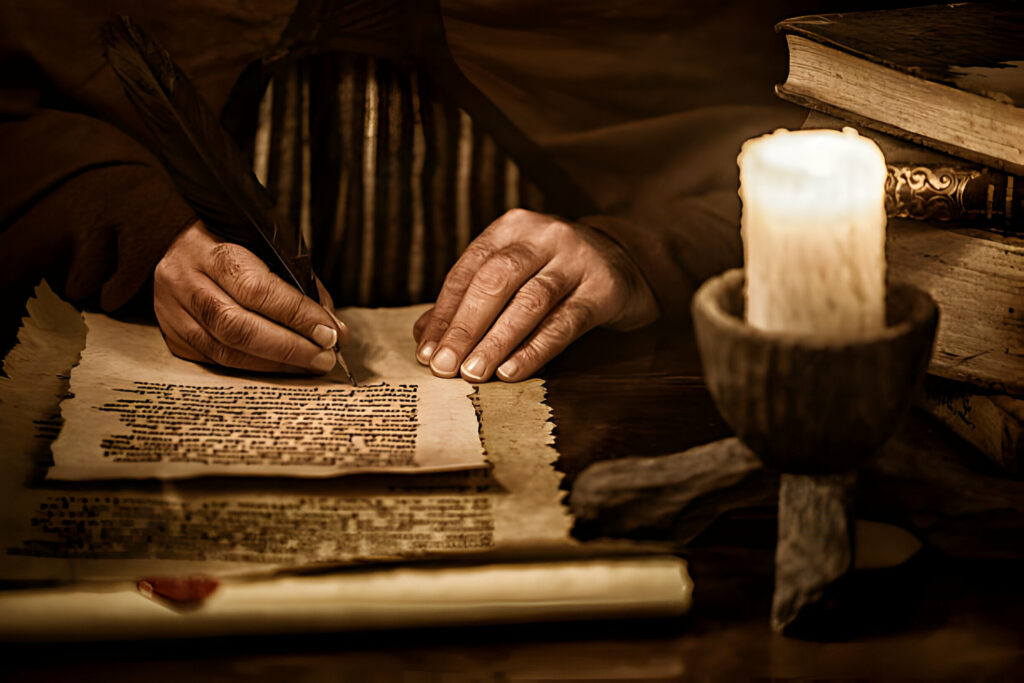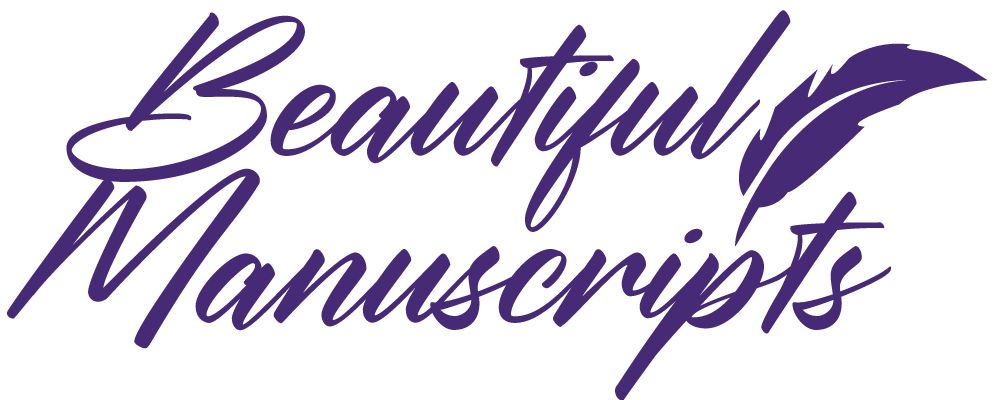About Us: Our Mission

The Bible we have in our hands today is a product of thousands of years of scholarship attempting to bring to the modern reader the original texts created by Moses, John, Paul and Ezra.
For over a thousand years scholars have gathered together ancient, fragile manuscripts from all over the middle east, some large codices, some ancient scrolls, some mere fragments scratched on a scrap of papyrus. Whether the discovery of the spectacular Dead Sea Scrolls discovered by a curious shepherd boy and gathered meticulously by scholars, or the miraculous discovery of Codex Sinaiticus by Tischendorf in 1846, to the discovery of ancient books in libraries, or scraps in Egypt, all these discoveries formed small pieces of the puzzle. They have been gathered together, compared and contrasted and studied to get us as close to the original text as we possibly can.
Now we can go to the local library or online bookstore and hold in our hands the results of all that scholarship, cleaned up, and presented in an original, easily readable form.
However, the books we have today, both Greek and Hebrew, actually don’t bear much resemblance to the manuscripts from which they were created. The goal of all this scholarship has been, first and foremost, to preserve the actual words used, and not the form in which they were produced.
Of course if you want to reach out with your mind and read the very words of our Creator this is a great gift indeed. But we here at Beautiful Manuscripts think there is a profound beauty in the original forms. The letters scratched out with writing technology barely fit for the purpose.
So we create manuscripts designed to look as like the originals as we can. We’d love to be able to give you access to Codex Sinaiticus in your home, but there is only one copy in the British Library. However, what we can do is provide you with a framed page of that manuscript that is as like the original as we can. This way you can experience these beautiful pieces of work in your own home, church or office.
We don’t produce a full Bible by any means, that isn’t our purpose. But what we strive to do is provide examples of the different types of manuscripts from which our modern Bible was created. So you can see Papyrus manuscripts from Egypt, or parchment manuscripts with their beautiful handwriting, or vellum pages from the Dead Sea Scrolls, or even the fragmentary Rylands Fragment, P52, that is considered the oldest manuscript of the New Testament in existence.
Some you can mount on your wall, some are nicely presented as a desk accessory. All of them allow us to reach out and relish the dedicated work ancient scribes did to preserve these precious works for us and all the generations to follow us.
